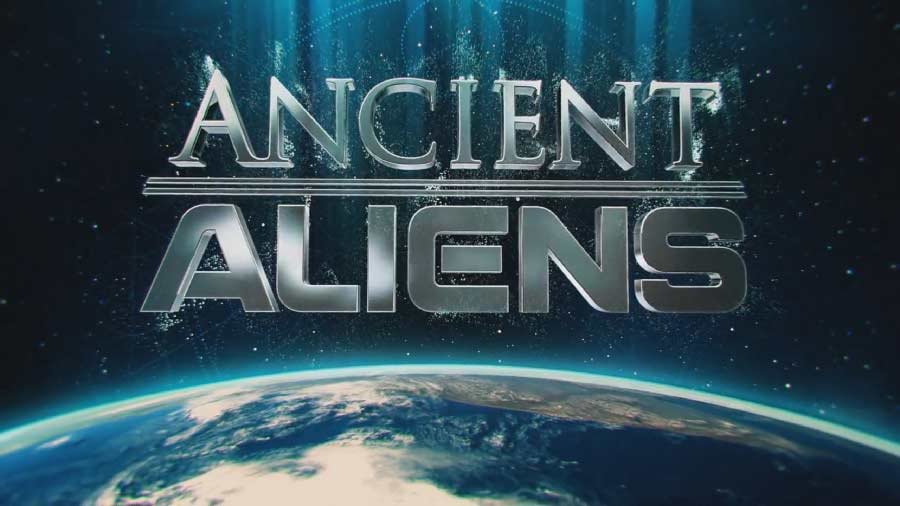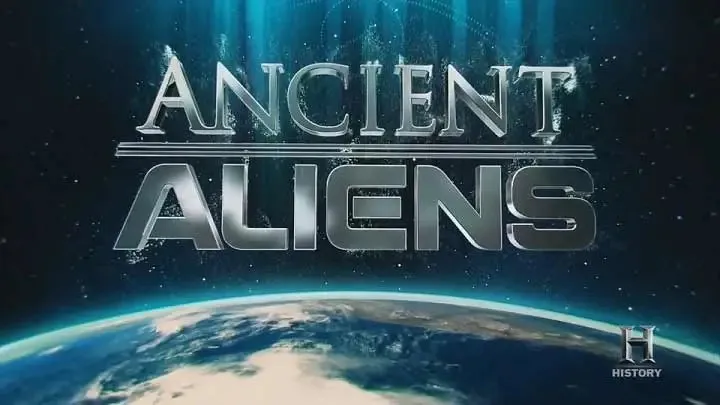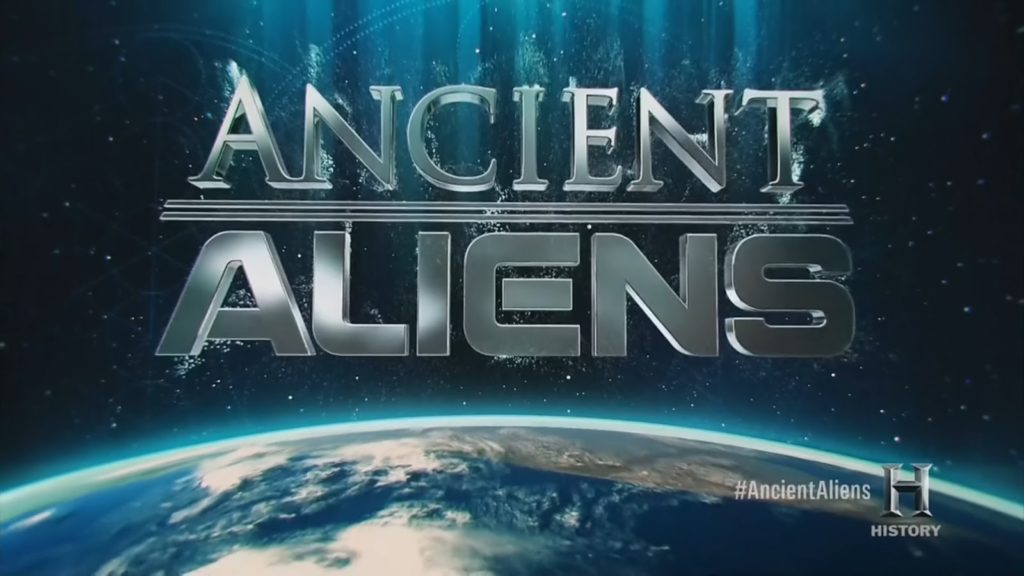Ancient Aliens – Aliens and the Red Planet: Throughout human history, the planet Mars has captured our imagination.
Ancient Egyptian astronomers were the first to record the red planet on a chart of the cosmos known as the Senenmut star map. Scholars believe Mars played an important role in Maya astrology that’s described in the Dresden Codex. And modern translation of Sumerian and Babylonian origin myths record a cataclysmic event occurring on Mars.
Is our fascination with Mars simply because of its striking red color and prominence in the night sky? Or might we have a more profound extraterrestrial connection? For nearly 40 years, probes have been sending information about Mars back to scientists here on Earth. Photographs of the mysterious planet reveal mountain-like formations known as Twin Peaks and a strange, humanoid face carved into Martian rock. Has NASA found definitive signs of life on Mars that they’re intentionally keeping from the public?
Ancient Aliens – Aliens and the Red Planet
Astronomical ceiling of Senenmut’s Tomb
Astronomical ceiling decoration in its earliest form can be traced to the Tomb of Senenmut (Theban tomb no. 353), located at the site of Deir el-Bahri, Egypt. The tomb and the ceiling decorations date back to the 18th Dynasty of ancient Egypt (ca. 1473 B.C.). It is closed to the public.
The tomb of Senemut was discovered during the 1925-1927 excavations directed by Herbert Winlock for the Egyptian Expedition of the Metropolitan Museum of Art.
The unfinished tomb is entered via a steep descending stairway starting in a quarry. This is 90m long and gives access to three successive chambers under the Mortuary Temple of Hatshepsut. Whether this was done to deliberately place his tomb in the precincts of Hatshepsut’s temple or to reach better quality sandstone is not known. The unearthing of the 10×12 ft. chamber known as Chamber A yielded the two panels of what is now referred to as the Egyptian Celestial Diagram. The ceiling and wall carvings are particularly well preserved as due to the Tarawan chalk into which they were carved.




